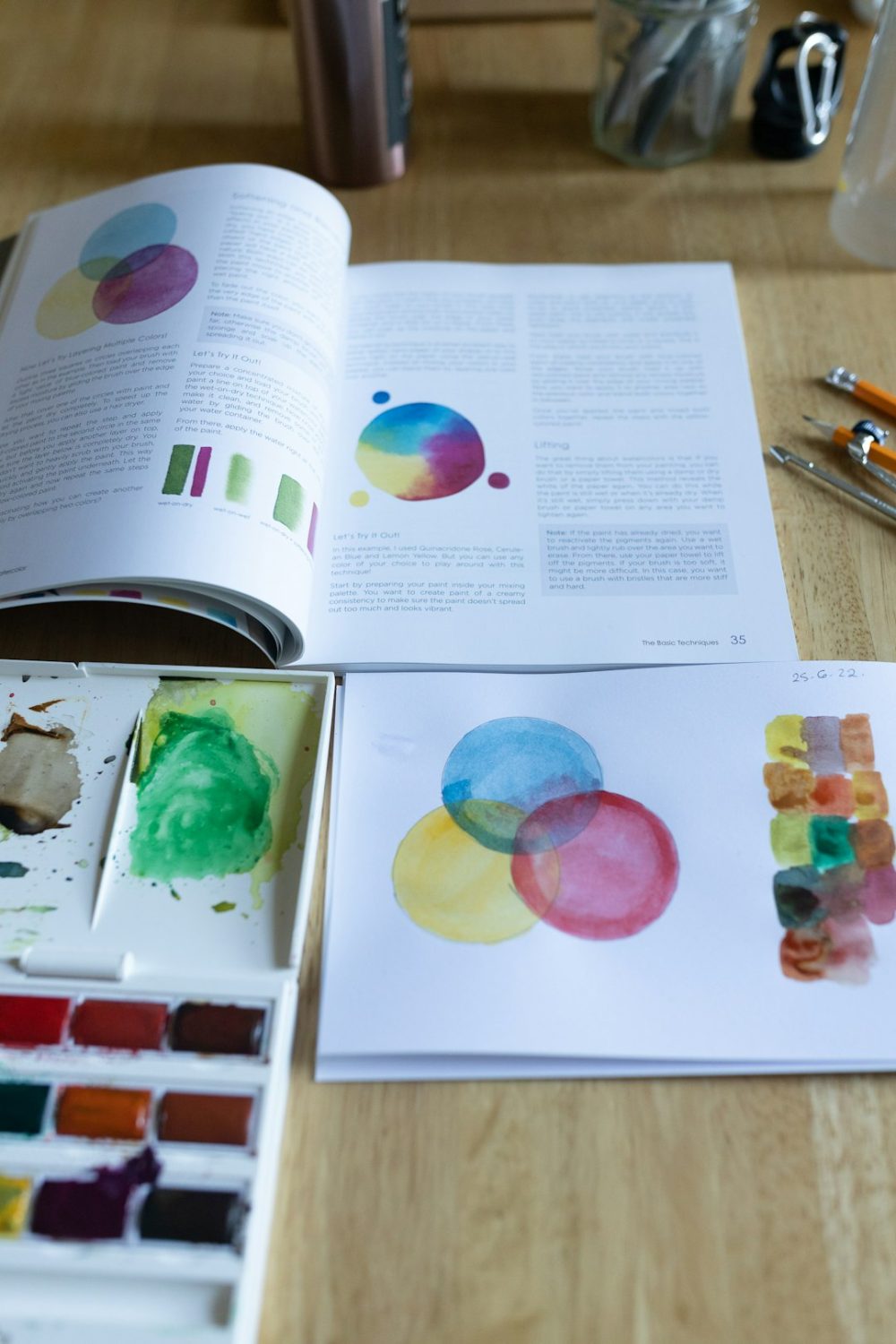When creating brochures, one of the most important design decisions is choosing between color and black-and-white printing. Double-sided brochures offer ample space to convey your message, but whether or not to invest in color can significantly impact how your audience perceives your brand. Both formats have their advantages, and the right choice depends on a variety of factors including your budget, brand identity, audience, and desired impact.
Let’s explore the pros and cons of each printing style to help you make the best choice for your next double-sided brochure project.
The Power of Color Printing
Color printing is visually engaging, helping capture the attention of readers more effectively than black-and-white. Studies show that color increases readers’ attention span and recall, making it ideal for promotions, product catalogs, and event flyers.
- Brand Recognition: Color printing is essential for brands looking to reinforce their identity. Specific colors are often associated with particular emotions and values. Coca-Cola’s red or McDonald’s yellow would lose their effectiveness in plain black and white.
- Visual Appeal: Full-color images look sharper, more lifelike, and emotionally engaging. Whether you’re showcasing your latest product line or a community event, color makes a bigger impact.
- Professionalism: A color brochure often appears more polished and refined, which can increase the perception of professionalism and credibility.
[ai-img]color brochure, marketing materials, printing[/ai-img]
However, these advantages come at a cost. Color printing is generally more expensive, especially in large quantities. That said, prices have come down considerably in recent years, and many printing services offer competitive rates for bulk orders.
The Case for Black-and-White Brochures
Black-and-white brochures can be striking in their own right. While they may lack the vibrancy of color, they offer a distinct style that can emphasize clarity, tradition, or even elegance.
- Cost-Efficiency: If you’re working with a tight budget, black-and-white printing is the more economical choice. This can be especially important for small businesses, nonprofits, or short-term campaigns.
- Focus and Simplicity: Without the potential distractions of color, black-and-white designs can highlight the content and layout. Text-based materials like instructions, guides, or formal communication may benefit from this approach.
- Stylized Design: Monochrome layouts can be used intentionally to create a minimalist or vintage aesthetic that complements your brand’s theme.
While black-and-white printing is cost-effective, it may limit your ability to showcase detailed visuals or graphically rich content. If your brochure relies heavily on visual storytelling, the lack of color could undercut its effectiveness.
When to Use Color vs. Black and White
The decision ultimately boils down to the purpose of your brochure and your target audience. Here are some practical scenarios:
- Use color if you’re launching a new product, advertising an event, or trying to leave a strong visual impression.
- Choose black and white if your brochure prioritizes straightforward delivery of information, or if you’re printing large volumes for internal or budget-conscious distribution.
[ai-img]black and white brochure, minimalist design, printing choice[/ai-img]
Additional Considerations
Double-sided printing, regardless of color or black-and-white, offers more real estate for content. To make the most out of it, consider the following:
- Paper quality: Thicker or glossy paper can enhance both color and black-and-white designs.
- Ink bleed-through: Poor quality paper may allow ink to show through on the other side, affecting readability.
- Design consistency: Ensure that the style, font, and layout are consistent across both sides for a professional finish.
Final Verdict
Choosing between color and black-and-white for your double-sided brochure comes down to more than aesthetics—it’s a strategic decision. If you’re looking to make an emotional connection, convey vibrant energy, or emphasize visual storytelling, go with color. On the other hand, if your goals are clarity, cost-efficiency, and simplicity, black and white may serve you best.
[ai-img]design choice, comparison, brochure printing[/ai-img]
Whichever route you choose, thoughtful design and high-quality materials can ensure your brochure communicates effectively and leaves a lasting impression.


